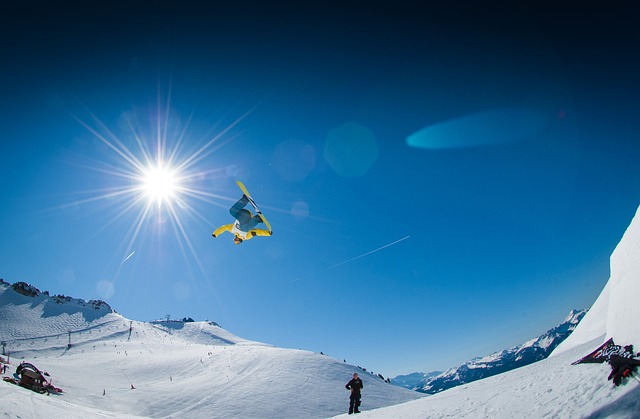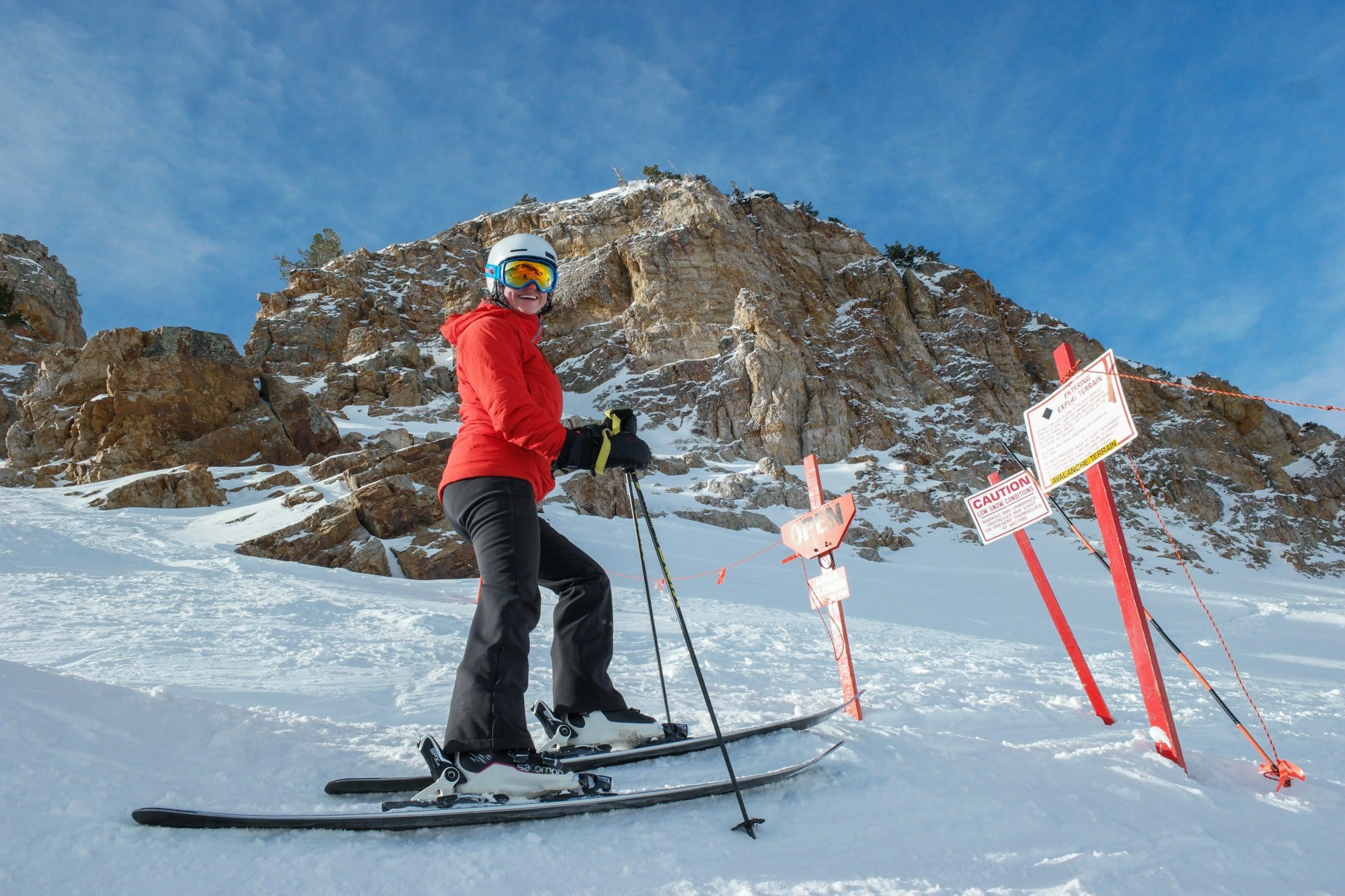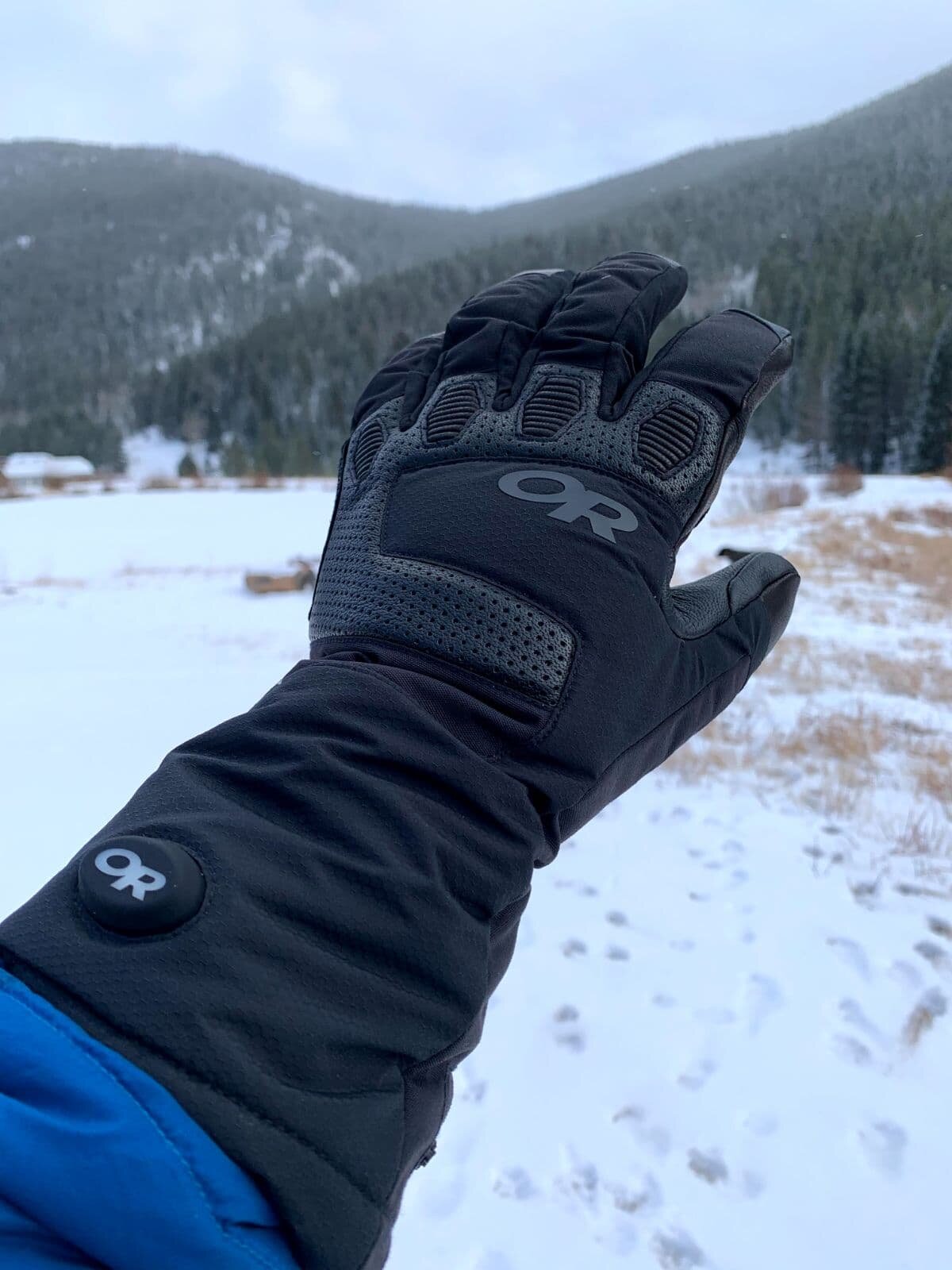
The best ski jackets are warm and durable. They also have windproof properties. No matter whether you're an expert or a beginner, it's important that you choose a quality product manufactured by a reliable manufacturer. These manufacturers stand behind their products, and will help you with any warranty issues.
While insulated ski jackets may be heavier than softshell jackets, they're also more breathable and offer excellent protection from the elements. A jacket made of synthetic insulation will perform well in cold temperatures. The jacket's moisture-wicking properties will keep you dry during rainy weather. The jacket should have a helmet-compatible hood and wrist gaiters as well as pit zips.
The REI Co-op Powderbound budget ski jacket has many great features. The shell is made from Peak waterproof material and the sleeves are lined with 60g of synthetic insulation. Additionally, the jacket has an adjustable hood and is available in tall sizes. There's also an interior stash pocket, and it has a goggle wipe and a removable powder skirt.

The Arc'teryx Sabre AR ski jacket is made for men. It's a great choice if you want to keep dry and warm while skiing. The jacket features a chin guard, a waist belt, and a powder skirt that can be tucked away. In addition, the jacket's 70-denier nylon fabric is water-resistant, and it's breathable. The jacket's lining is filled with PrimaLoft® Infinity insulation. It is lightweight and breathable.
The Arc'teryx SentinelAR is another option for backcountry skiers. This jacket is suitable for men and features a powder skirt, thumbhole, internal stretch wrist gaiters, and chin guard. It has underarm vents and is breathable.
Some jackets are equipped with graphene insulation. This is a brand new material that has proven to be windproof and durable. Graphene, a compound of small carbon atoms, is a compound. The fabric is infused with the material by using a process called "graphene".
Patagonia’s Insulated powder town jacket is waterproof thanks to its soft taffeta-liner. This jacket comes with 80 grams of recycled insulation on the chest, sleeves, and back. There are some drawbacks to this jacket. It's not as windproof, for example. It's a bit too flexible, and the sleeves aren't fully taped. It comes with YKK AQUAGUARD zippers which can feel cold against the skin.

You can also get a Norrona Roldal Gore-Tex Insulated Jacket which is sleek and modern. This jacket is lightweight, 100g of PrimaLoft Black Eco synthetic Polyester fibers. It also features a breathable, water-resistant YKK zip. The adjustable lining of the hood makes it helmet-compatible.
Regardless of which jacket you choose, you should look for a design that's tailored to your needs. A jacket that has an adjustable hood, pit zips, wrist gaiters, and a goggle wipe is a must.
FAQ
How can you travel light?
There are many options when it comes to packing for a trip. These tips will help guide you in choosing what to bring on your trip.
-
Bring only what you really need.
-
Only pack what you will actually wear.
-
Do not overpackage yourself with items.
-
You should ensure that you have enough space in your luggage.
-
Double-check everything that you have packed.
-
You can take advantage of our free storage facilities
-
Instead of purchasing bottled water, use reusable water bottles.
-
Use a backpack to carry your stuff instead of a bag.
-
If possible, take public transport and walk or cycle instead.
-
You can choose the right size bag.
-
Avoid carrying heavy objects.
-
Be prepared for any eventuality.
-
Leave nothing behind.
What documents should I keep handy when traveling?
To make it easy to find important documents on the road, keep copies at home. Also, keep copies of your passport, driver’s licence, and other identification cards, along with any credit card information, in case you need them, to make it easy to access when you travel.
A photocopy is always a good idea. This can be used to verify your identity, if necessary.
Don't forget to attach copies of your itinerary or reservations. These will help you to remember where you are and what you want to see.
Also, keep a duplicate of your flight ticket as well as details about your hotel reservation. This way, you'll be able to contact someone back home if you get into trouble.
Also, don't leave valuables unattended. Make sure you have a place to store your valuables, such as a money belt or in your luggage.
To avoid costly items being lost, make sure you check your luggage before you leave.
Remember: It's safer not to plan too much than to keep everything simple.
Let's just be relaxed and enjoy the journey!
How much luggage should I take with me?
The length of your trip determines how much luggage you should take. You will only need to bring hand luggage if you're traveling by plane. This is typically less than 20kg. For a bus or train ride, however, you will require more space.
When you arrive at the airport, you will be given a form to fill out with details of your flight. This will include information such as the weight of your bags and whether you require assistance when checking them in.
Always check your luggage before you leave the house. If you don’t check it, you might end up waiting hours for everyone else to do so.
Because you never know what could happen, it is better to travel light. If your bag is lost or damaged, you will not have any clothes.
Statistics
- Between the ages of 11 and 13, kids, or tweens, will likely want some autonomy but also need boundaries. (travelandleisure.com)
- They're also likely to offer babysitting services, in case you'd like to have dinner one night after 7 p.m. (travelandleisure.com)
- Pack sweaters, jackets, and underwear in reusable compression bags creating up to 75% more space in your luggage. (wikihow.com)
- According to Maori legends, this park holds 14 fjords that were all carved by a giant stonemason with an adze. (busytourist.com)
- No Checked Bags: No Alcoholic beverages with more than 70% alcohol (over 140 proof), including grain alcohol and 151 proof rum. (tsa.gov)
External Links
How To
How to plan for your next holiday
Planning a trip involves many things like booking flights, hotels, car rentals, activities, etc. It includes important considerations such a budget, destination, weather forecast, time frame, etc.
These are important points to remember when planning your next vacation.
We have put together a step-by–step guide to help plan your next vacation. This guide has been compiled using customer feedback as well as our own experience. We hope that you will find the following guide useful in planning your next vacation.
Steps:
-
Your Budget Plan - It is important to plan your budget before you start planning your trip. Before you begin planning for your trip, you need to know how much money it is you are willing and able to spend. In the event that you don't have enough cash, you might need to cancel your plans.
-
Book Flights – After setting your budget, you must book your flights. Find the best price and lowest flight deal. Make sure to check for special offers during peak seasons. These deals could help you save a lot of cash.
-
Your Destination - Now that you've booked your plane ticket, it's time to choose where you want. Multiple factors play into the decision of where to go, climate (when you can visit), culture (how friendly they are) and cost (how expensive it is).
-
Find Accommodations. After selecting your destination, the next step is to search for accommodations. There are many options for accommodation, from budget hostels to luxurious suites. The best type of accommodation for you depends on your requirements and preferences. If you're looking for an area close to downtown, a hotel may not be the right choice. You may prefer quieter areas away from the crowds and a homestay could be better suited for your needs.
-
Select Activities and Attractions. Now, after you've selected your accommodation it is time to pick the activities or attractions that you would like to add to your itinerary. Depending on your length of stay, you may choose to add or remove activities.
-
Determine your schedule - After you've chosen the attractions and activities that you would like to include in your itinerary, it's now time to create it. It is important to stick to a schedule in order for maximum enjoyment of your trip. It's okay to be flexible and enjoy your vacation more.
-
Make an itinerary - This is where you include all details about your trip. Write down all details about your trip, including flights, accommodation, activities, and restaurants.
-
Research Online - Before leaving for your trip, research online so you won't miss anything. To find out what other travellers think about different destinations, read reviews and testimonials. This will allow you to plan your trip accordingly.
-
Pack Lightly - One of the biggest mistakes people make when packing is bringing too many clothes. Don't bring five clothes. Bring three. Make sure you bring clothes that are appropriate for the area.
-
Always be prepared Before you leave for your trip, make sure that everything is in order. You don't want to waste time searching for important documents while you're still in transit.